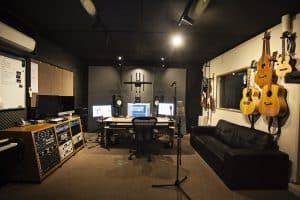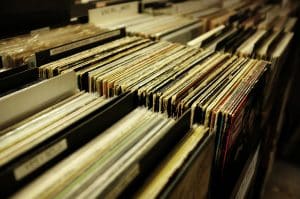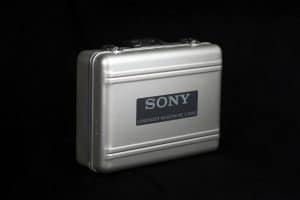Part IV of our look into recording studio legend Quincy Jones. To be a fly on the wall in a recording studio when Quincy Jones was working his magic would have been amazing.
Recording Studio: Work with Frank Sinatra.
Jones first worked with Frank Sinatra in 1958 when invited by Princess Grace to arrange a benefit concert at the Monaco Sporting Club. Six years later, Sinatra hired him to arrange and conduct Sinatra’s second album with Count Basie, It Might as Well Be Swing (1964). Jones conducted and arranged the singer’s live album with the Basie Band, Sinatra at the Sands (1966). Jones was also the arranger/conductor when Sinatra, Sammy Davis, Jr., Dean Martin, and Johnny Carson performed with the Basie orchestra in June 1965 in St. Louis, Missouri, in a benefit for Dismas House. The fund-raiser was broadcast to movie theaters around the country and eventually released on DVD.Later that year, Jones was the arranger/conductor when Sinatra and Basie appeared on The Hollywood Palace TV show on October 16, 1965. Nineteen years later, Sinatra and Jones teamed up for 1984’s L.A. Is My Lady. Quincy was quoted saying,
“Frank Sinatra took me to a whole new planet. I worked with him until he passed away in ’98. He left me his ring. I never take it off. Now, when I go to Sicily, I don’t need a passport. I just flash my ring.”
Recording Studio: Brazilian culture
A great admirer of Brazilian culture, Jones is planning a film on Brazil’s “Carnival,” describing it as “one of the most spectacular spiritual events on the planet. The Brazilians Simone, whom he cites as “one of the world’s greatest singers”, Ivan Lins,[34] Milton Nascimento and Gilson Peranzzetta, “one of the five biggest arrangement producers of the world”, percussionist Paulinho Da Costa “one of the best in the business”, have become close friends and partners in his recent works.




